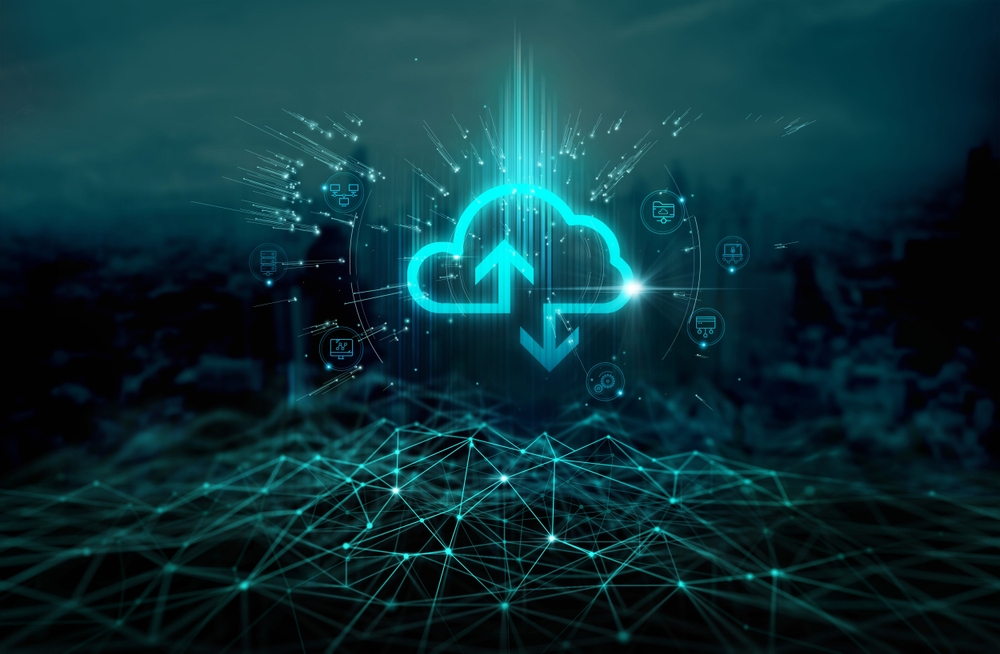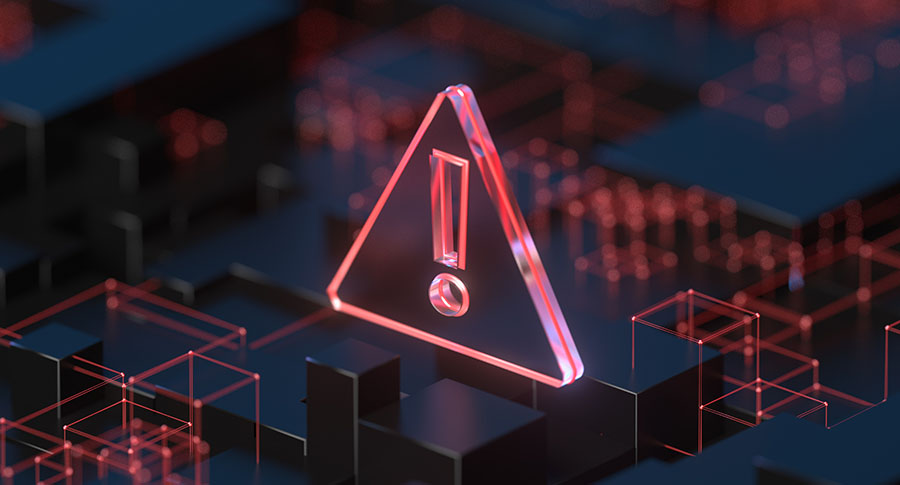Adopting cloud solutions has become the present reality of computing for individuals and enterprises across the world. A staggering 96% of organizations now rely on the cloud for operations.
This includes data storage, collaboration, security measures and so much more. But when it comes to IoT, new solutions are aiming to decentralize this reliance.
One such new approach is known as Edge Computing. We will outline for you what exactly Edge Computing is, as well as how it connects to IoT.
Then, we’ll highlight how edge computing impacts how you use your IoT devices, and how this could benefit you in the future.
What is Edge Computing?
Edge Computing is a new approach to computing that adopts a decentralized approach. Specifically, it concerns how IoT devices connect and operate daily.
In case you’re unaware, IoT refers to the Internet of Things. IoT devices are therefore any devices that operate and communicate through the internet. This includes laptops, tablets, mobile phones, and other more niche hardware.
Currently, almost everyone uses their IoT devices via a connection to a cloud. This is how devices access the internet, store data, communicate with a network, and more.
Edge Computing offers a solution to this action. Instead of forcing devices to connect to a centralized cloud network, Edge Computing is the ethos of operating on the ‘edge’ of the cloud.
This means it’s a process whereby IoT devices can operate from a decentralized system. This could be in communication with a local router, or another localized solution.
If you want to find out more about what exactly Edge Computing refers to in general, please read through our previous post.
Edge Computing, therefore, provides a streamlined approach to traffic and local data analysis. But how exactly does this work for the IoT?
How Does Edge Computing Within the IoT Work?
You can think about edge computing as a way of bringing the cloud to your enterprise. It’s a way of moving the means of communication to a more local access point, for easier access for your devices.
Presently, your IoT devices likely send data to a centralized cloud, which processes and receives this information. This cloud then helps a device fulfill its purpose. Every IoT sensor is constantly transmitting a huge amount of data every second to stay operational.
This can produce a bandwidth bottleneck when paired with the current solution of a central cloud. This is because, though the cloud is a fast solution, it’ll be accessed by several different devices at any one time.
With Edge Computing, you can bring your cloud to you. This is achieved through the clever use of local network nodes.
Instead of storing the necessary systems and data in the cloud, it’s instead stored on an in-house network node. This is then accessed by devices within the IoT, where data is trafficked and processes can be fulfilled.
This is particularly important for certain businesses, as certain data must be processed from the point of collection. Edge Computing is a way of taking back control of your storage and IoT communication needs.
But why is this impactful for IoTs?
The Speed Impact of Edge Computing For IoTs
The first major edge computing IoT architecture benefits lie in the increased speed offered by operating on the edge.
Ordinarily, your devices would communicate with a cloud that’s a long distance from their location. They may also be fighting with a plethora of other devices to communicate at any one time.
This can be a slow process if any network glitches occur. With Edge Computing, you’re able to install your local solution to this problem.
The proximity of the solution means that a device only ever needs to communicate with a locally placed node or router.
This means that the distance at which communication needs to occur is reduced significantly. It also means that your enterprise is operating off of its edge solution, rather than relying on a centralized cloud.
This can make for almost instantaneous communication and reactions on behalf of your IoTs. The increased speed is unbelievable to behold and can hugely increase your productivity if you’re working in tech.
Crucially, your IoT devices won’t even need to rely on a strong internet connection to connect with a local edge node. This lack of reliance means your network is less susceptible to any potential downtime.
The Increased Security and Privacy Provided by Edge Computing For IoT
In the age of remote working and large numbers of IoTs, security is a big problem for companies.
If your devices are all constantly communicating with the cloud, there’s the risk of a security breach. This is because everything is located in one place, at an externally operated location.
If you go with an Edge Computing solution, this issue is nullified. You’re able to have total personal control over your computing and devices and how they communicate.
This is thanks to the decentralized nature of edge computing sensors. Your data will always be distributed to devices at the point of production.
Sensitive information isn’t transmitted to a far-off cloud. Instead, this data is transferred and stored locally. That means the security you’re offered isn’t just better, it means it’s private.
There’s no need to worry about security breaches caused by other companies or entities.
This also keeps your network less at risk of a breach or cyber attack. The likelihood of a cybercriminal targeting a large cloud is far higher than a decentralized, local solution.
This makes a world of difference for IoT, as it means less communication between devices and an external cloud. The heightened level of security is what makes Edge Computing an attractive option for companies today.
Edge Computing Helps to Reduce Operational Costs
If you have a decentralized storage solution, chances are you don’t need as much storage overall.
This is because your system is only ever storing data that’s specific to your IoTs and your company. Not only that, but the local cloud isn’t processing as many requests at any one time.
That means that, overall, Edge Computing reduces operational costs for companies. It can provide a localized solution to cloud communication and storage issues that streamlines the whole process.
For companies looking to optimize, this can be a promising proposition. Ultimately, it’s a computationally efficient solution.
That refers to the speed benefit that we mentioned above. The faster a system works, the less time and money that’s being wasted waiting.
This is yet another way in which Edge Computing reduces total operational costs. It’s one of the best ways to ensure your IoT devices remain fast and secure.
Edge Computing Can Be an Autonomous and Cost-Effective and Scalable Solution
One of the key benefits of the cloud is the fact that you need to do little in-house to ensure it’s operational.
But this same level of autonomy can be found with Edge Computing. Once set up, an edge solution will operate independently of much monitoring or input.
Autonomy and automation are two buzzwords that create real changes in business operations in tech today. The greater the level of autonomy in a system, the less a business has to commit to its functioning as intended.
Edge Computing can also be a cost-effective solution, in the long run. This connects with the fact that an edge is a way of taking control of your storage and operations.
A company will no longer need to rely on an external cloud provider.
This means there’s a heightened level of control over how the storage and connection solution works. When it comes to business owners, this allows for an attractive level of scalability.
This fact is particularly important when comparing Edge to IoT. It means you can continue to implement additional IoTs to your operations with little backlash.
This can help companies expand alongside their Edge Computing solution.
In truth, the amount of scalability for an Edge Computing IoT architecture is near-limitless. Combined with increased speed, this can transform the productivity and operations of any company that depends on the cloud.
Where Can I Find Out More About Edge Computing and the IoT?
You should now know what Edge Computing is, and how it connects to IoT. Edge is one of the latest tech innovations and looks set to become even more popular in the future.
This is why you need to get ahead of tech concepts like this today. If you’re in the need of more knowledge, make sure to take a look through previous posts on our website.
Or, if you need to optimize, make sure you contact us at Bridgehead IT. Our team works with IT leaders to streamline and optimize any IT processes, including regarding Edge Computing.
Edge Computing is a new approach to computing that adopts a decentralized approach.
Contact us to learn how Bridgehead I.T. can help you align your I.T. with your business objectives.


